- Replies 58
- Views 8.5k
- Created
- Last Reply
Top Posters In This Topic
-
 hex0rz 25 posts
hex0rz 25 posts -
 Wild and Free 18 posts
Wild and Free 18 posts -
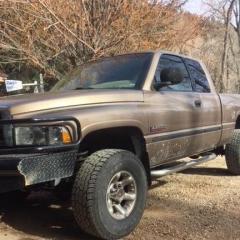 01cummins4ever 8 posts
01cummins4ever 8 posts -
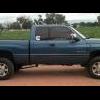 TFaoro 3 posts
TFaoro 3 posts
Most Popular Posts
-
Even my 2009 CT450 Bobcat tractor with a 2.4 litre Daedong / Kioti engine is still IDI. Indirect Injection In an internal combustion engine, the term indirect inject
-
Anybody point me in the direction for a digital manual? Im not used to basing things off of hours, so the concept of what use and abuse is, is new to me. Paid 11400 for it. Or
-
Did a little bit at a time chipping away at the repair to the bobcat. Got parts in and fixed the leak. Took a bit of a learning curve on reassembly and adjustment. Got the controls neutraled out and a
Featured Replies
Did This Forum Post Help You?
Show the author some love by liking their post!
Welcome To Mopar1973Man.Com LLC
We are privately owned, with access to a professional Diesel Mechanic, who can provide additional support for Dodge Ram Cummins Diesel vehicles. Many detailed information is FREE and available to read. However, in order to interact directly with our Diesel Mechanic, Michael, by phone, via zoom, or as the web-based option, Subscription Plans are offered that will enable these and other features. Go to the Subscription Page and Select a desired plan. At any time you wish to cancel the Subscription, click Subscription Page, select the 'Cancel' button, and it will be canceled. For your convenience, all subscriptions are on auto-renewal.


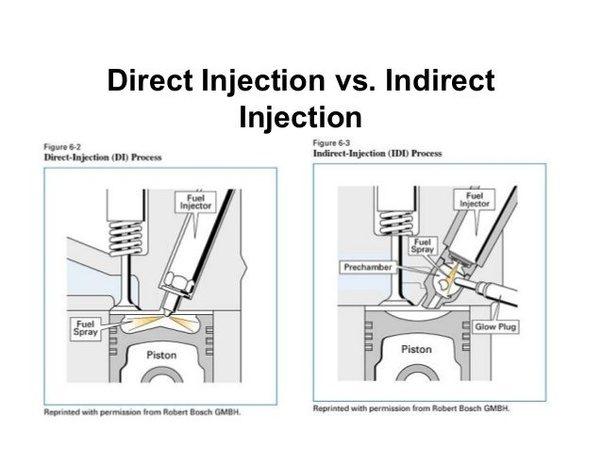

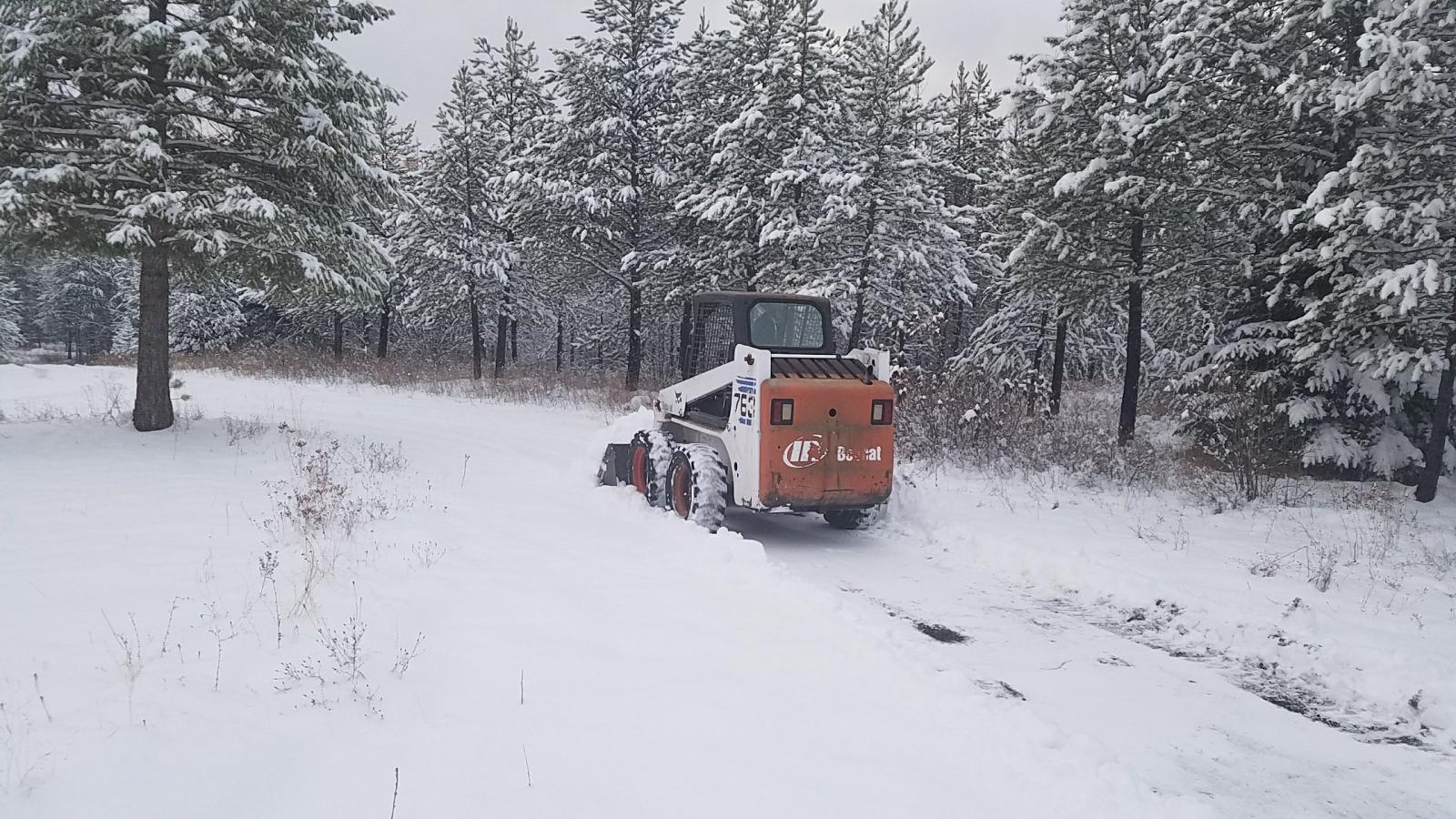
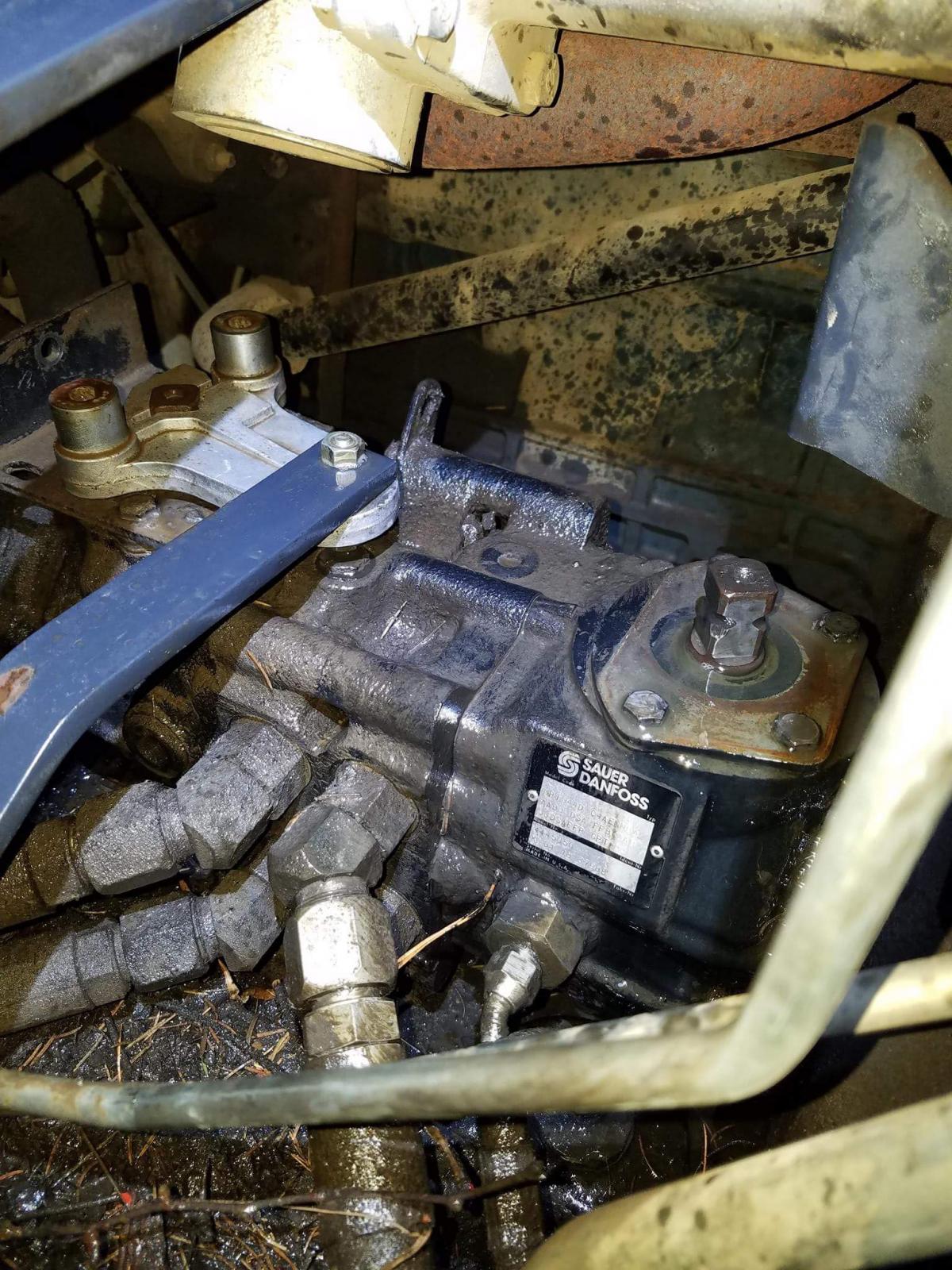
With the recent sale of my 5ther, my bonds have finally been released of that debt! It has been refreshing to finally realize that i no longer have that hanging over my head!
While i do plan on saving money, sometimes money must also be invested. We've been thinking on priority purchases, and an agreement was made that we want a skid steer. Preferably before winter so it can be used for snow removal. I also want it to use to move my beehives. It's going to get allot of use in that department as i keep growing my apiary.
Then there's need for it with other attachments that it can take the place of a tractor. If need be i can do odd jobs with it and make some extra money on the side.
This was how i was able to justify the purchase. Otherwise it would have been a snow plow. Which can be used only for one thing and only during one season of the year.
Now, my problem is, i know NOTHING about skid steers. Bobcat is pretty much the only brand i think ill go with considering the attachments they have available. That and the conversion kits that are made for them to use in beehive logistics will only for bobcat.
So the question is which model? Definitely don't want to break the bank doing this either. Who knows their stuff about the little machines? School me, oh wise people!
Edited by hex0rz